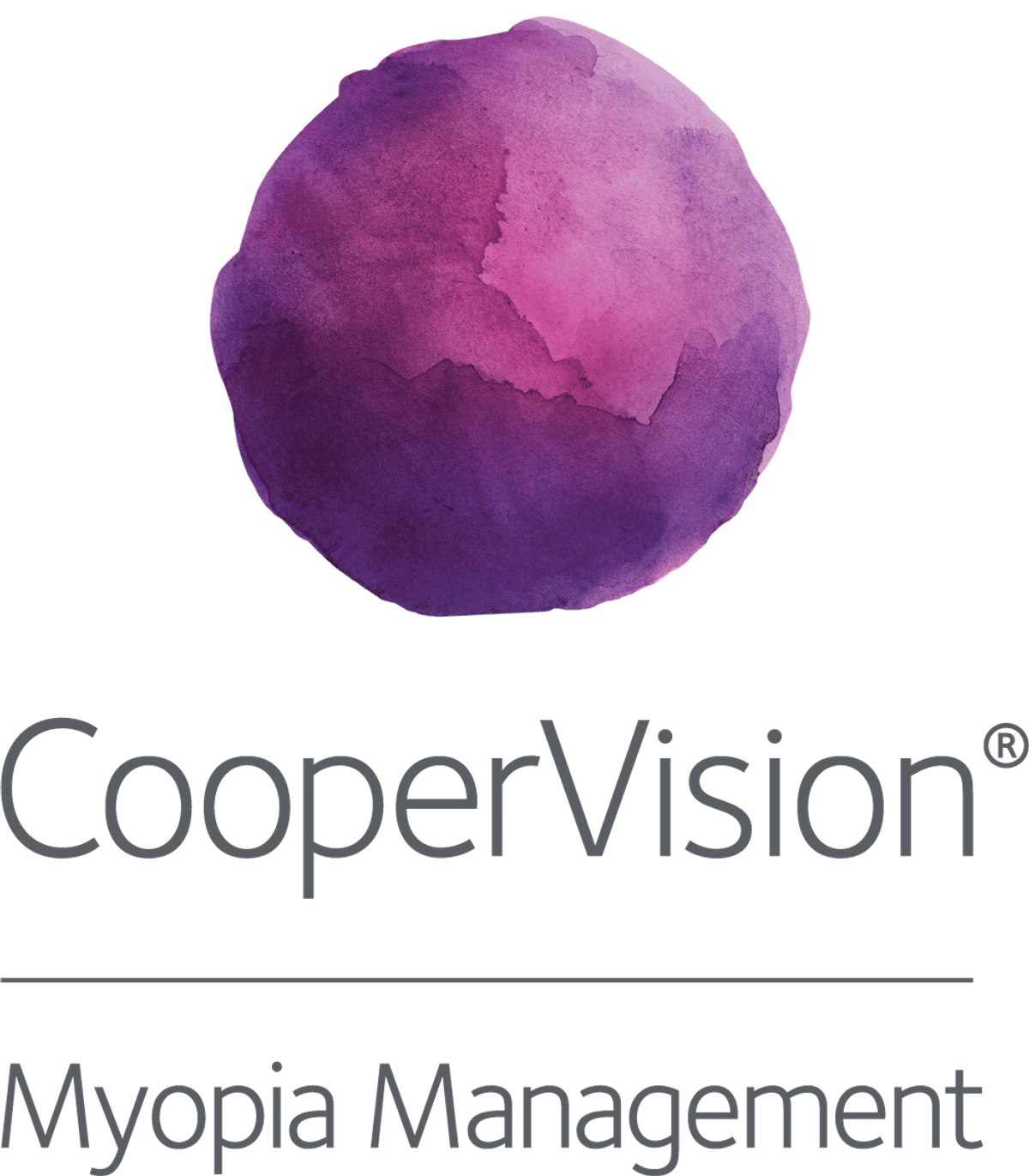Science
Peripheral Optics in Children at Risk of Myopia

In this article:
This longitudinal study assessed peripheral optical quality in children before myopia onset. High-risk children showed lower high-order aberrations, less positive spherical aberration, and more negative peripheral defocus before axial elongation. These early differences suggest the near-peripheral retina may influence emmetropization and contribute to the development of myopia.
Title: Longitudinal measures of peripheral optical quality in young children
Authors: Fuensanta A Vera-Diaz (1), Deepa Dhungel (1), Aidan McCullough (1), Kristen L Kerber (1), Peter J Bex (2)
- New England College of Optometry, Boston, Massachusetts, USA
- Northeastern University College of Science, Boston, Massachusetts, USA
Published: Published oniine 24 Jan 2025
Reference: Vera-Diaz FA, Dhungel D, McCullough A, Kerber KL, Bex PJ. Longitudinal measures of peripheral optical quality in young children. Ophthalmic Physiol Opt. 2025 Mar;45(2):550-564.
Summary
Peripheral image quality is thought to provide important visual cues that help guide normal eye growth. While cross-sectional studies have identified differences in peripheral optics between refractive groups, few have explored whether these differences are present before myopia develops. This longitudinal study explored peripheral optical quality in 92 children aged 6 to 9 years with functional emmetropia.
Children were classified as low risk (LR) or high risk (HR) for myopia based on baseline cycloplegic refraction and parental history. Cycloplegic autorefraction and ocular biometry, including axial length, were measured every six months, alongside wide-field aberrometry across ±30° of the horizontal meridian using a fast-scanning aberrometer.
Key findings were as follows.
- Thirteen children developed myopia during the 3-year study period.
- Children at HR and those who developed myopia had lower peripheral higher order aberrations, especially within ±20° of the visual axis, compared to LR children.
- Primary SA was less positive in HR and myopic children across all eccentricities, even before axial elongation.
- Relative peripheral defocus was more negative in HR children and even more so in those who became myopic, with the greatest difference between these two groups in the temporal retina beyond 5°.
What does this mean for my practice?
This study provides emerging evidence that optical quality in the near peripheral retina may influence emmetropization and myopia onset. Children at high risk for myopia showed reduced peripheral aberrations and more negative relative defocus before any axial elongation occurred. These subtle optical differences could represent early markers of myopia susceptibility, even in children who remain emmetropic.
Although these measures are not yet available in clinical practice, the findings highlight the value of comprehensive monitoring and early risk identification, especially in children with low hyperopia for their age or a family history of myopia.
This clinical article discusses how to identify pre-myopes and assess the risk of myopia onset.
Results from prior studies, including the CLEERE study, predicted that 72% of high-risk children would develop myopia. However, in this study, only 27% did over the three-year period. The authors attribute this to the lifestyle education provided as part of the study, including guidance on increasing outdoor time and reducing near work. These results support the need for early conversations with families about modifiable environmental factors that may delay myopia onset or reduce progression risk.
Read more here about predictive modelling in the CLEERE study and how we can predict myopia onset in children.
What do we still need to learn?
Fewer children developed myopia than expected in this study, which makes it harder to draw firm conclusions about cause and effect. Only a small number of participants had objective outdoor exposure data, so the role of environment could not be fully assessed.
To reduce variability in the data, peripheral optical results were averaged across five-degree zones. While this helped manage data consistency, it may have reduced the ability to detect more subtle changes across the retina. The method used to assess image quality did not include factors like contrast sensitivity, which are also important for visual development. The study also did not explore how peripheral optics interact with other factors such as accommodation or retinal shape.
Larger, prospective studies are needed to confirm whether these early differences in peripheral optics can reliably predict myopia onset and whether they could be used to guide future treatment strategies.
Abstract
Purpose: To assess longitudinal changes in optical quality across the periphery (horizontal meridian, 60°) in young children who are at high (HR) or low risk (LR) of developing myopia, as well as a small subgroup of children who developed myopia over a 3-year time frame.
Methods: Aberrations were measured every 6 months in 92 children with functional emmetropia at baseline. Children were classified into HR or LR based on baseline refractive error and parental myopia. Zernike polynomials were calculated for 4 mm pupils, accounting for the elliptical shape of the pupil in the periphery. Various metrics were computed, including Strehl Ratios with only high-order aberrations (HO-SR). Primary spherical aberration (SA), horizontal coma and defocus were also analysed given their relevance in emmetropisation. The areas under the image quality metrics for various regions of interest were computed.
Results: HO-SR were higher in children at HR and children with myopia, even when SA was removed from the Strehl Ratio (SR) calculation. SA was less positive in children at HR and children with myopia. Defocus was more negative in children at HR and children with myopia at all eccentricities and was even more negative when computed relative to the fovea, an effect that increased in the mid periphery. Relative peripheral defocus also became more negative over time in children at HR and children with myopia at the mid temporal retina. The other aberrations showed no significant changes in time overall.
Conclusions: This longitudinal study showed differences in HO-SR, SA and defocus in the central and near-peripheral retina (±20°) of young children at HR before they develop myopia compared with children at LR for myopia. The results may indicate these eccentricities are significant in providing signals for emmetropisation. The small changes noted over time may indicate that the differences are a cause of myopia development.
Meet the Authors:
About Ailsa Lane
Ailsa Lane is a contact lens optician based in Kent, England. She is currently completing her Advanced Diploma In Contact Lens Practice with Honours, which has ignited her interest and skills in understanding scientific research and finding its translations to clinical practice.
Read Ailsa's work in the SCIENCE domain of MyopiaProfile.com.
Enormous thanks to our visionary sponsors
Myopia Profile’s growth into a world leading platform has been made possible through the support of our visionary sponsors, who share our mission to improve children’s vision care worldwide. Click on their logos to learn about how these companies are innovating and developing resources with us to support you in managing your patients with myopia.












